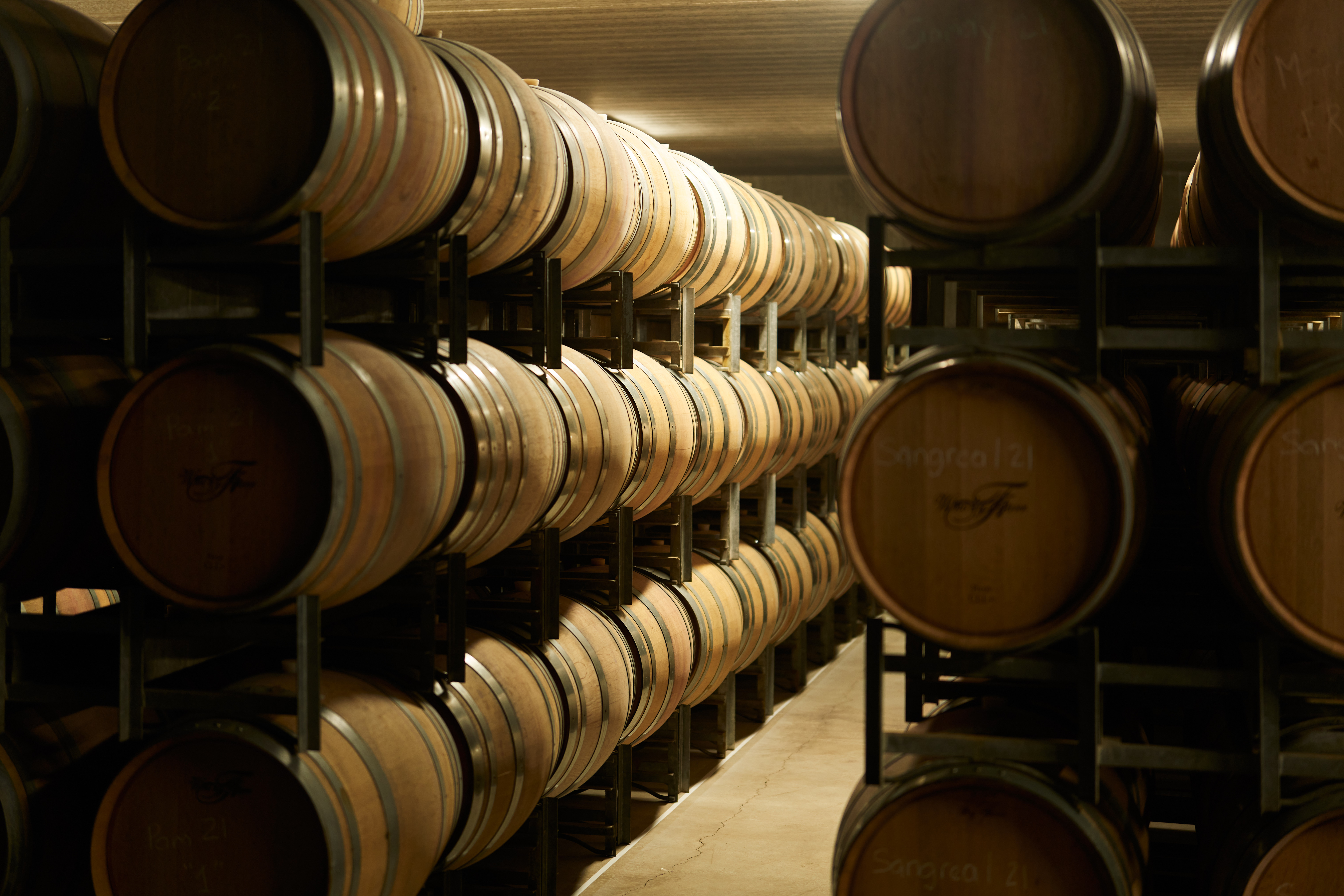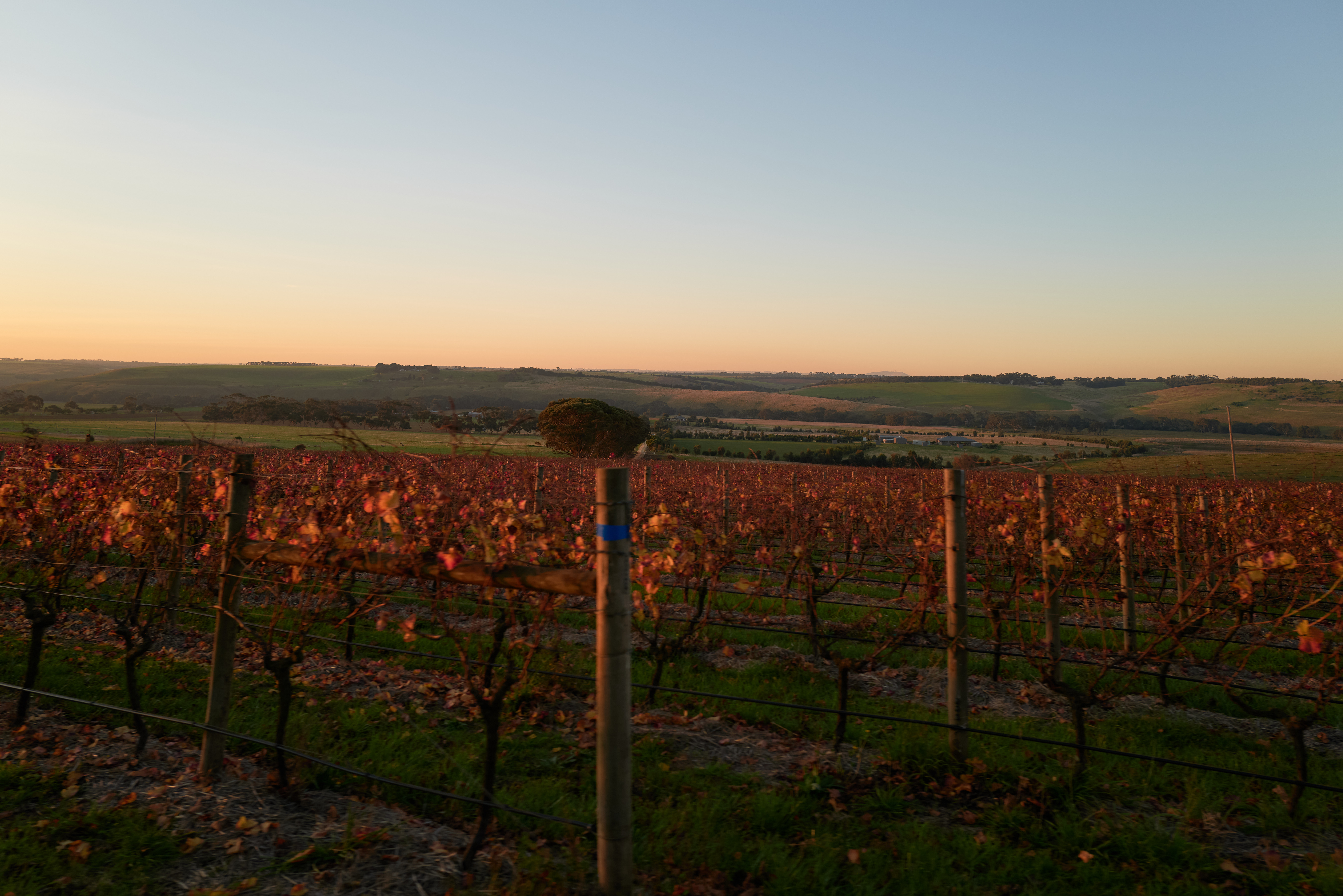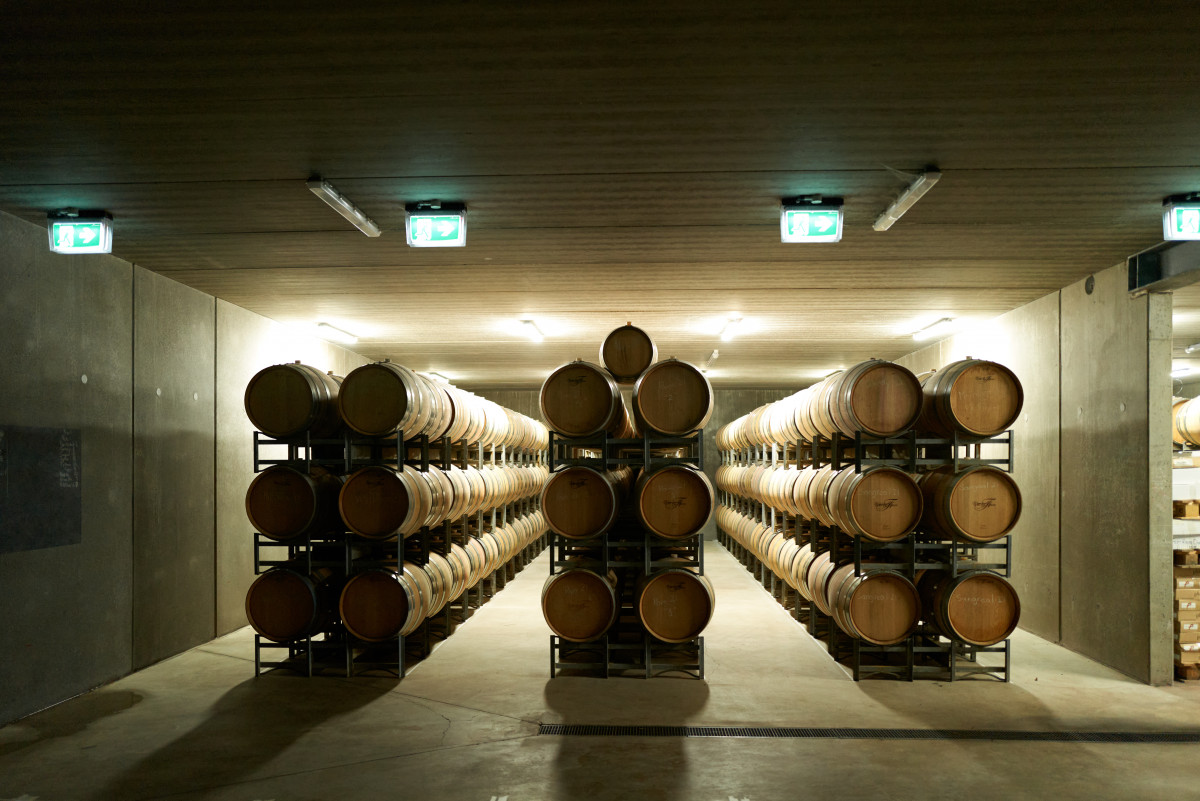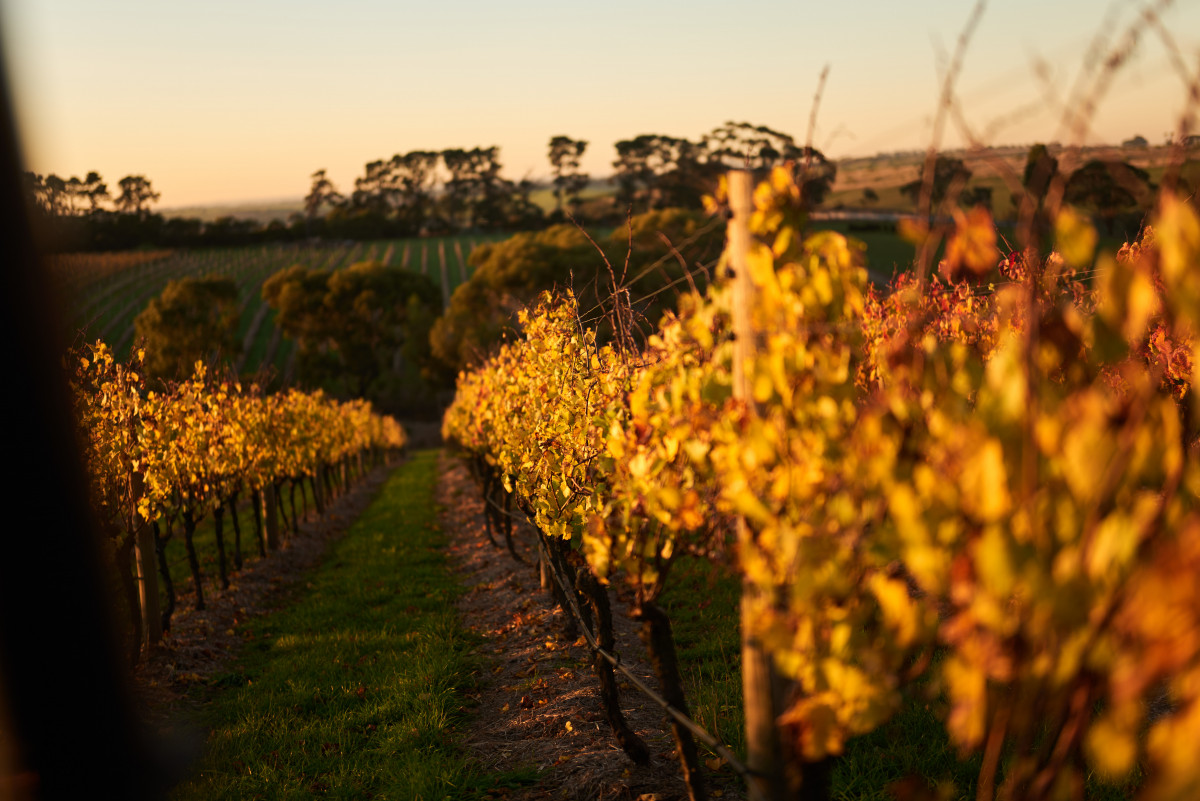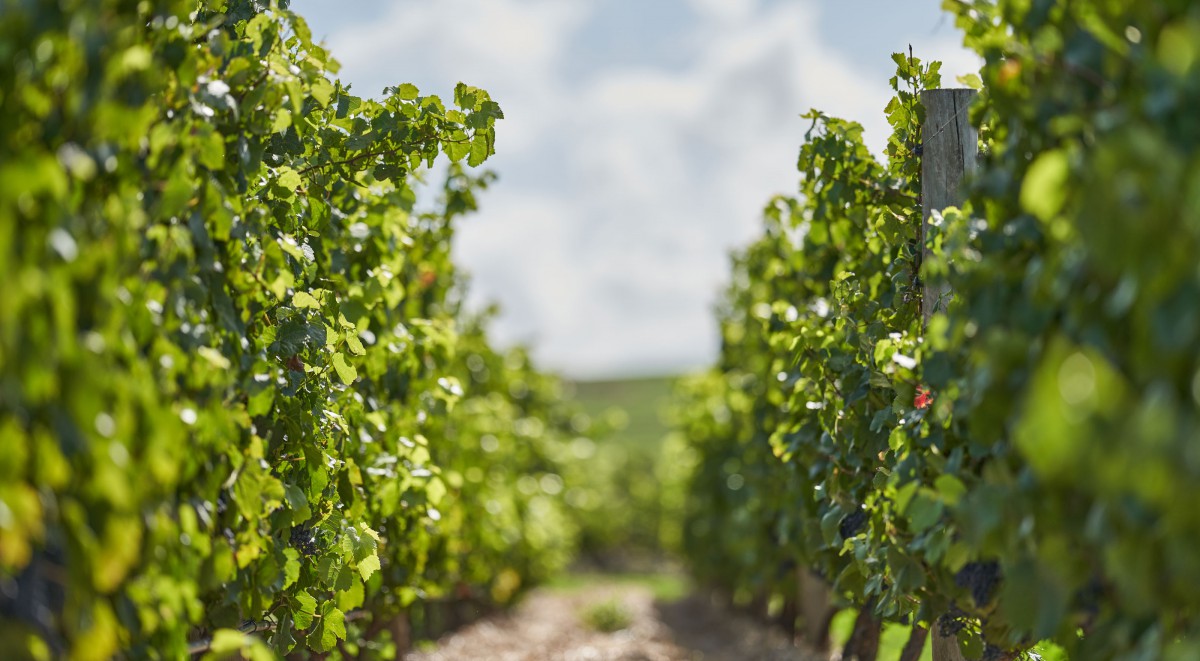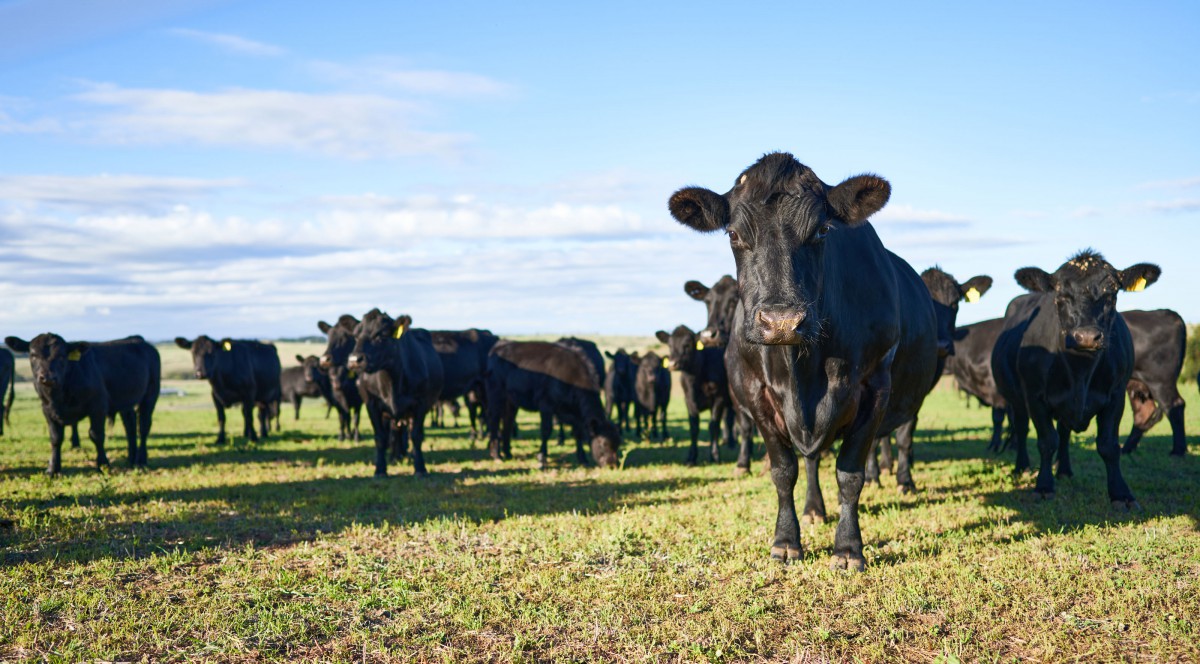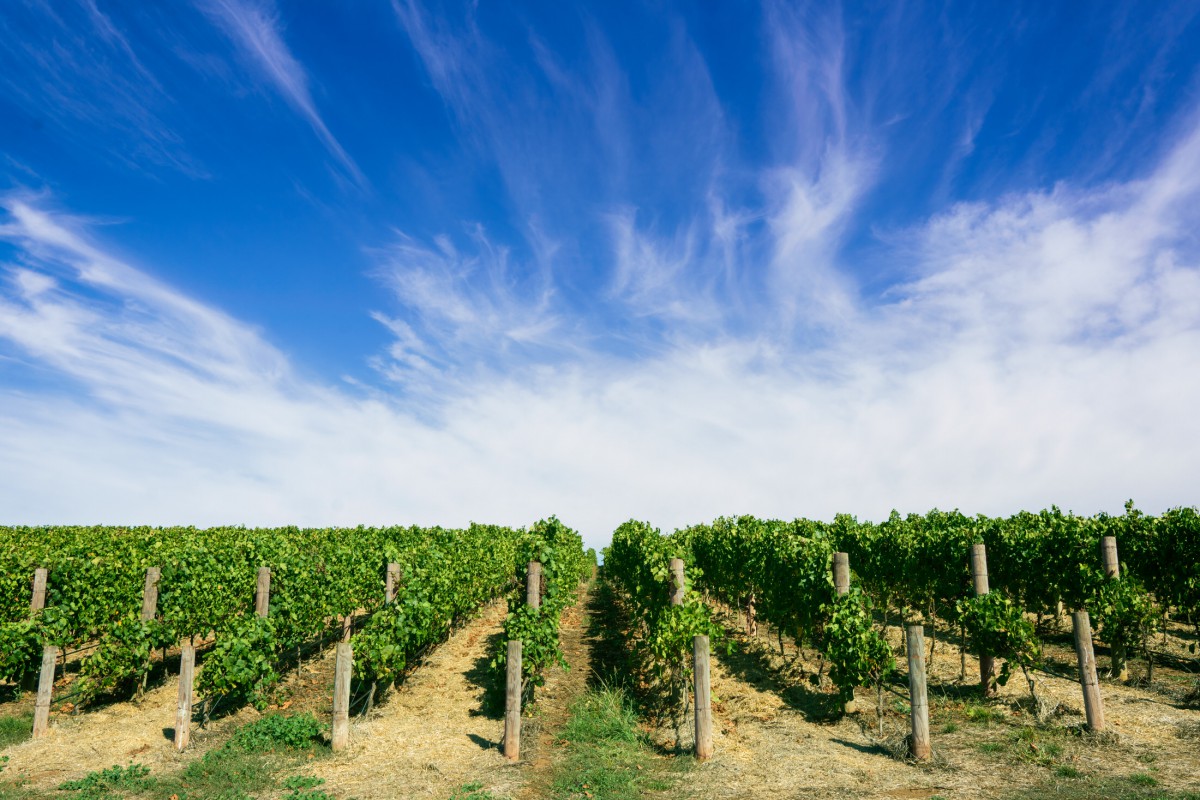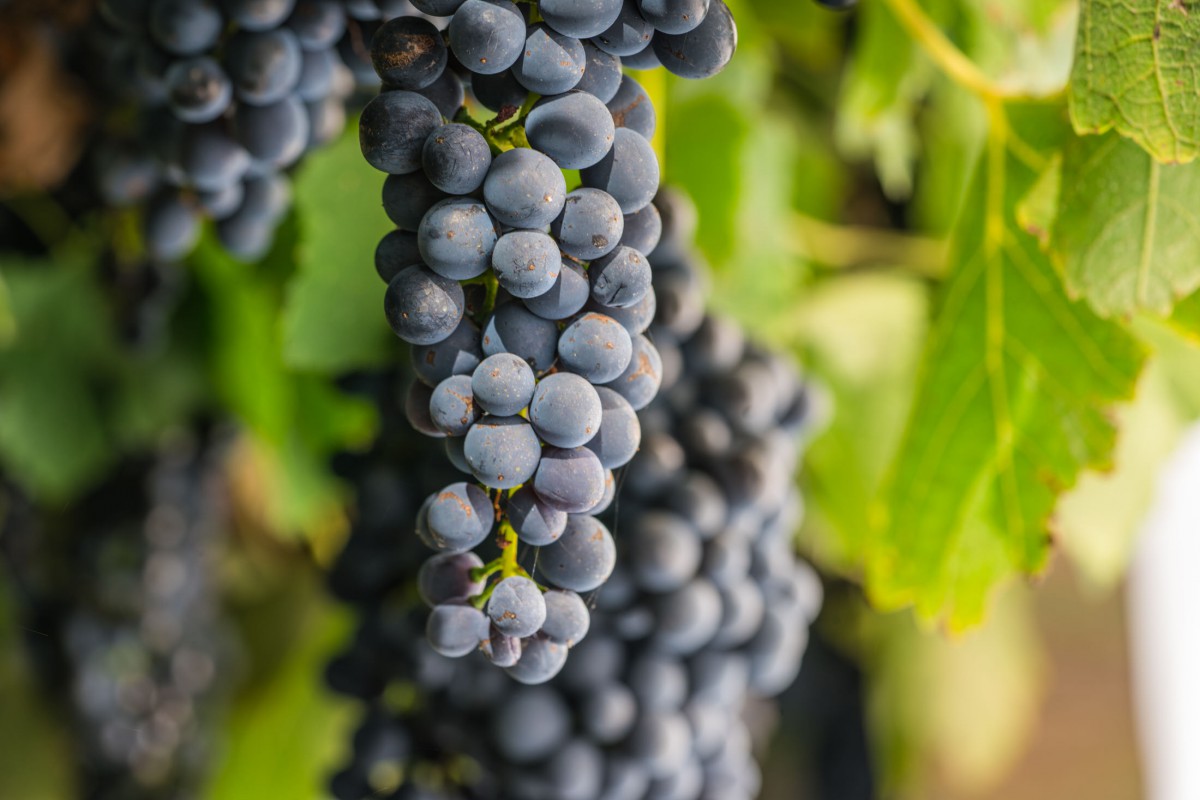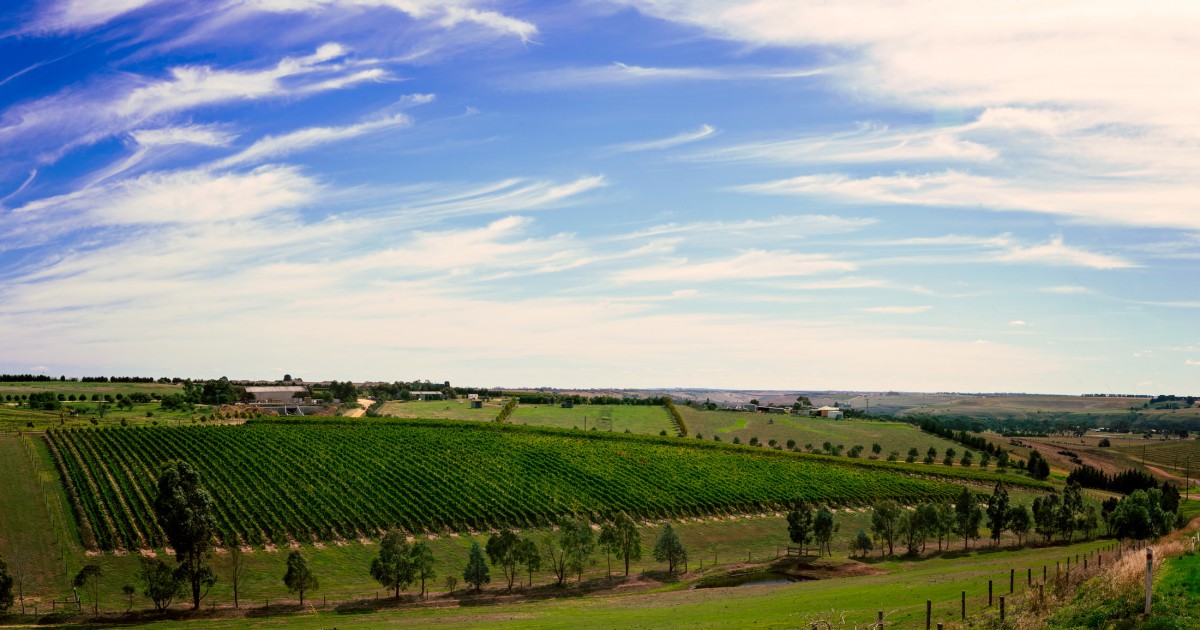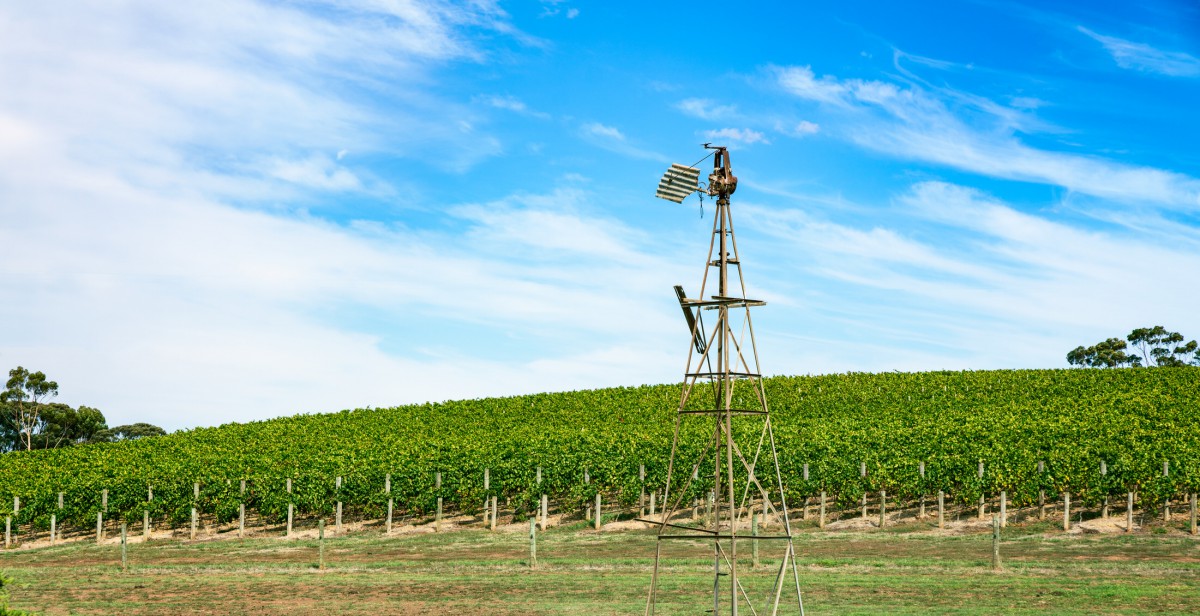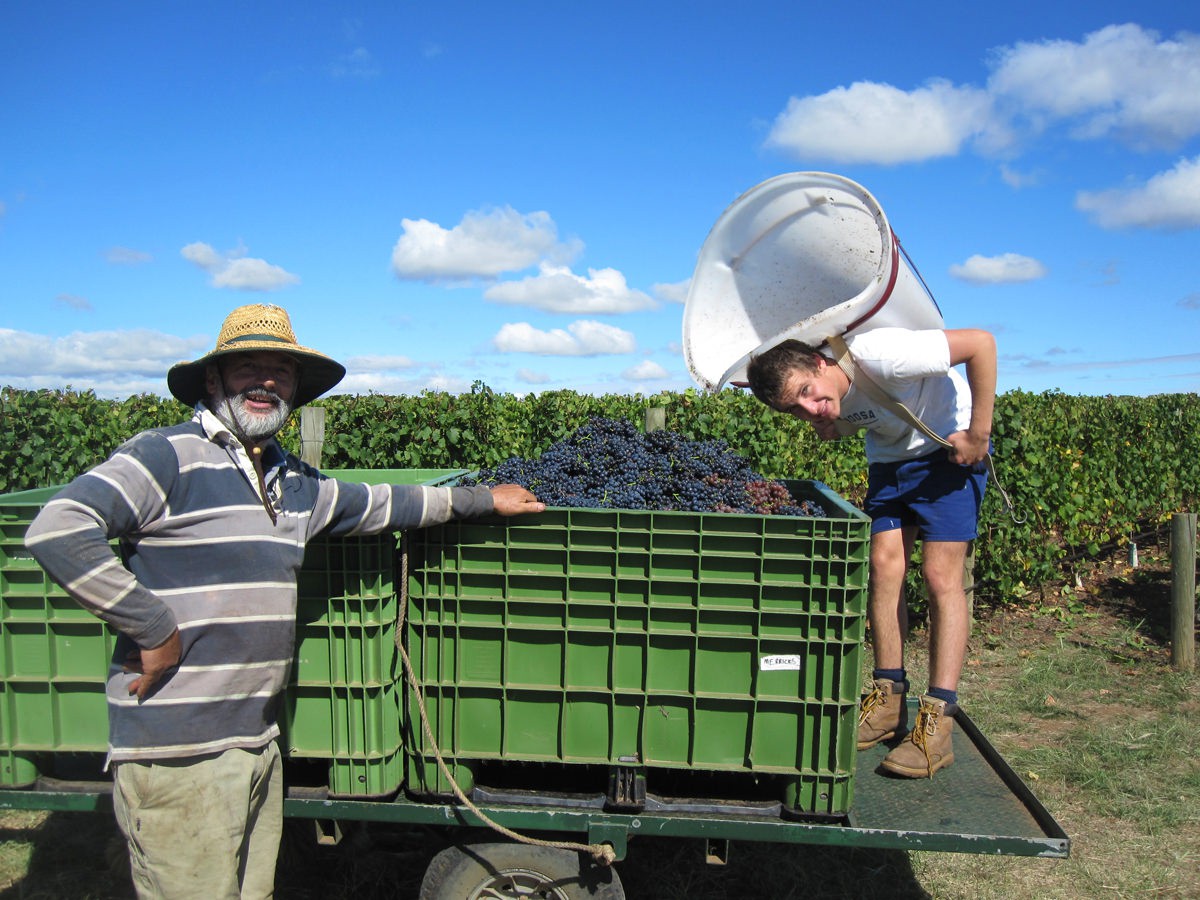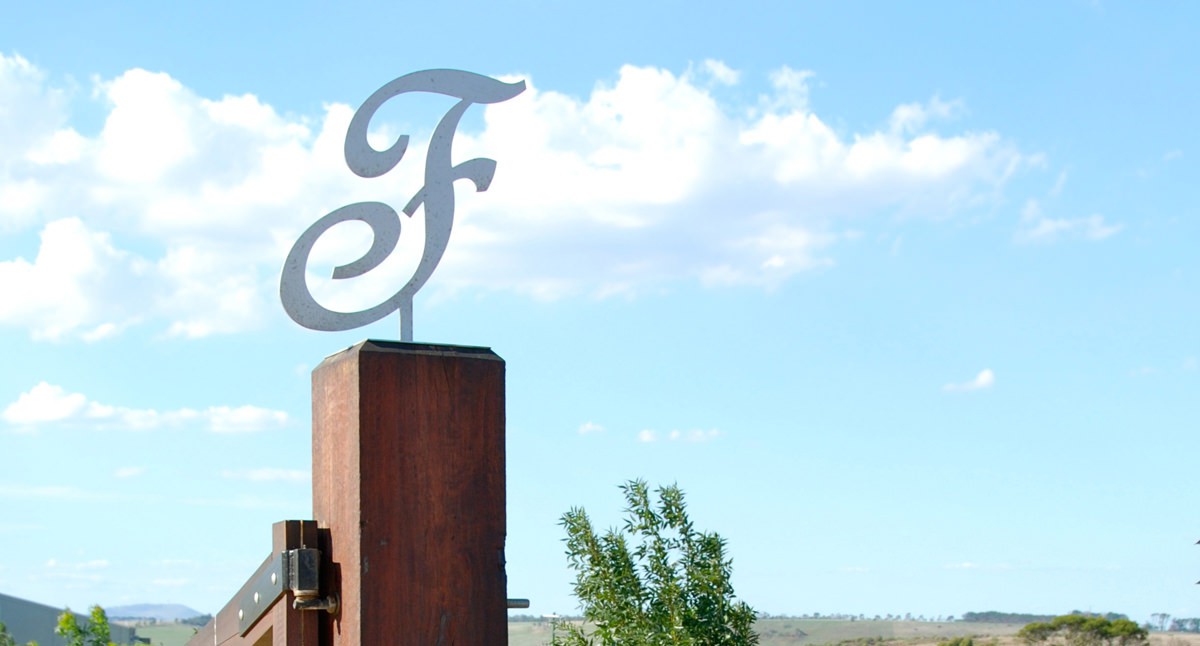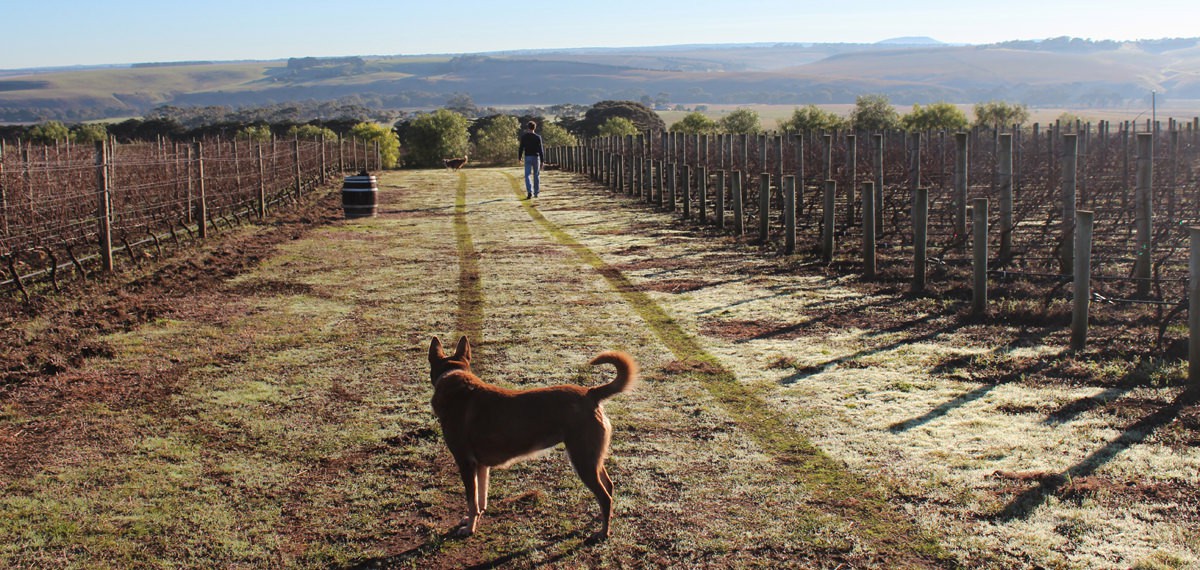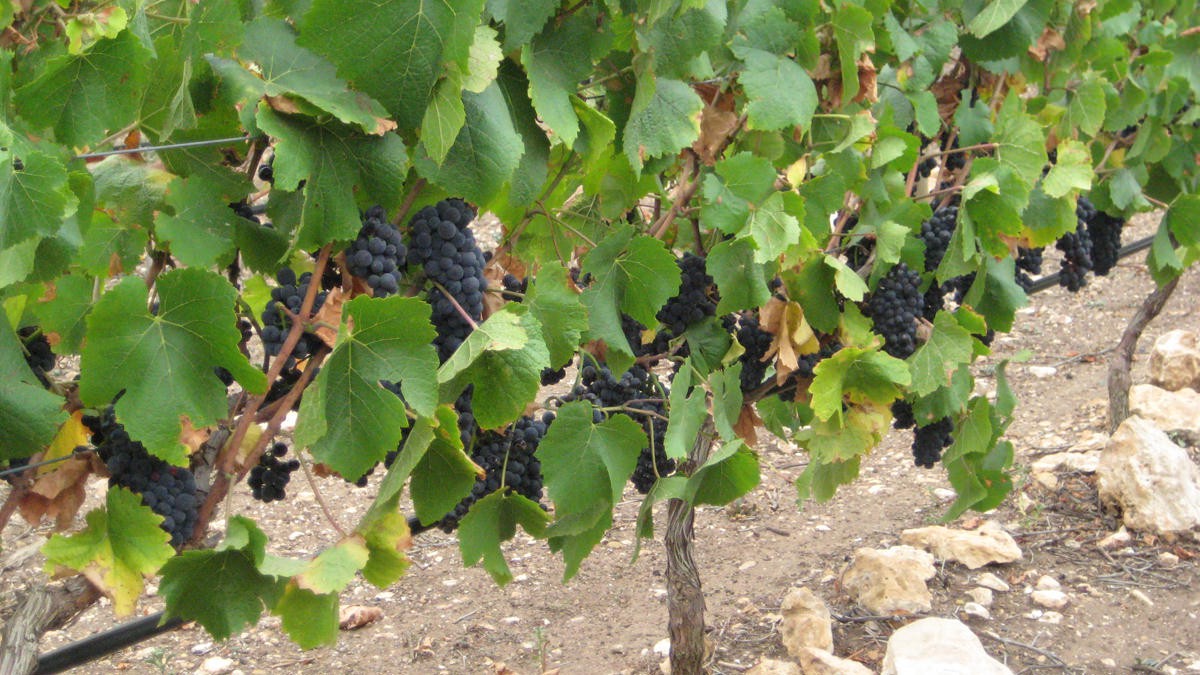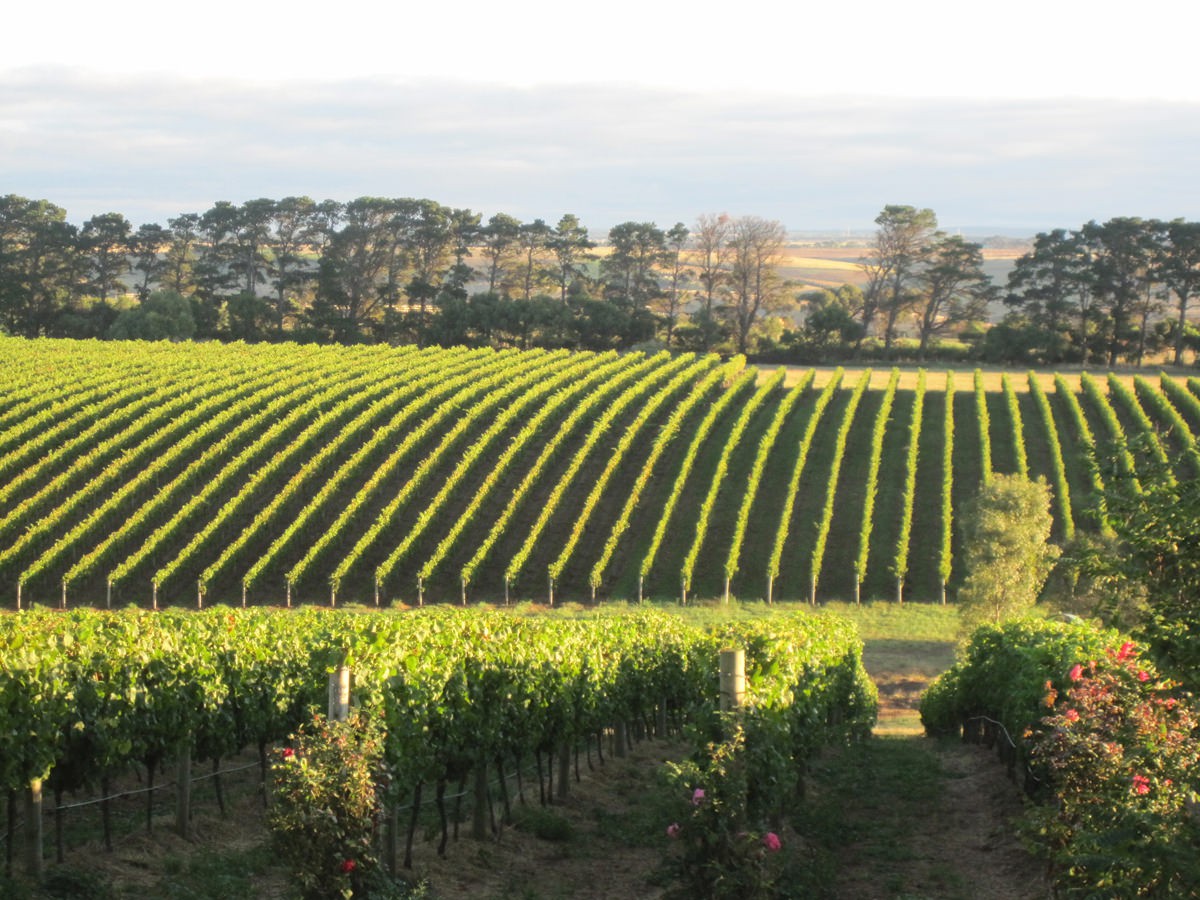A year that we never thought would end.
Winter rains kick started the season, making it possible to achieve ample soil moisture leading into Spring. However, we were then dealt with a different hand to what we were expecting. The constantly evolving environment, be it natural, social or economic, set the scene for the great unknown of 2020.
There is too much for us to reminisce about in a year that saw a world in pain. Somehow our operation (agriculture) was considered an “essential service”, and with that came a life on the farm that l loved. We also housed 5 international backpackers that l began to know a little too well....
Rather than bore you in negativity and heartache of the growing season, lets list it in point form, so that we can look at what was achieved during harvest.
Spring
Harsh, early season frosts, lost 15% of the Cote Vineyards.
Conditions quickly drying out.
Cold strong winds destroyed canopy, shoots all over the ground.
Strong winds preventing fruit set.
Hail across the original house site.
Summer
Hot and dry winds sweep across the Victorian landscape.
Unthinkable bushfires across Victoria, the vineyard was not at the forefront of our minds.
Christmas – wow did we need it.
Wind settling and rain on the horizon.
Relief for the vines.
Very cool end to summer.
Autumn
The vines look battered, yet dark green due to the mid-summer rain.
Covid 19 is upon us.
Who is going to help pick the fruit?
Very slow ripening, questioning if we will reach desired flavour and sugar.
Tentatively start picking March 15th, result - fruit not ready.
We resumed harvest on the 20th of March in the Sangreal vineyard, that showed even in the cooler years, there is always great sweet fruit expression in this vineyard. As we ventured into more sites for picking, we realised that it was certainly a year for less whole bunch to be used in the ferments than typical years. We found there to already be a lightness and length to the juice, which is typically what whole bunch fermentation brings to the wines.
We finished picking on the 23rd of April, with some excitement, yet it had been a hard slog. My parents Gary and Robyn picking in a separate vineyard from the 5 backpackers in order to ‘social distance’, who also picked separately from our 2 permanent staff. The saving grace was that the fruit ripened extremely slowly, and allowed us to have time on our side when in typical years we would have 25 pickers a day helping.
The bottled wines are precise and fine. The reds to be released in 2022 have poise about their structure. The whites are complex and approachable. As light and fresh wines they are perfectly balanced. All that we can ask of our vineyards, is that they speak and express their soil attributes, the growing conditions of that particular year, and classic variety characteristics.
We are very fortunate to have had the opportunity to harvest our fruit, as there were many that where extremely affected by fire, smoke or frost.
During the coming years these wines will need to be tasted in a quiet corner to reflect how they came about. So much to reflect on, and all in the same year that the winery secured its second ‘Winemaker of the Year’ award as a family.

